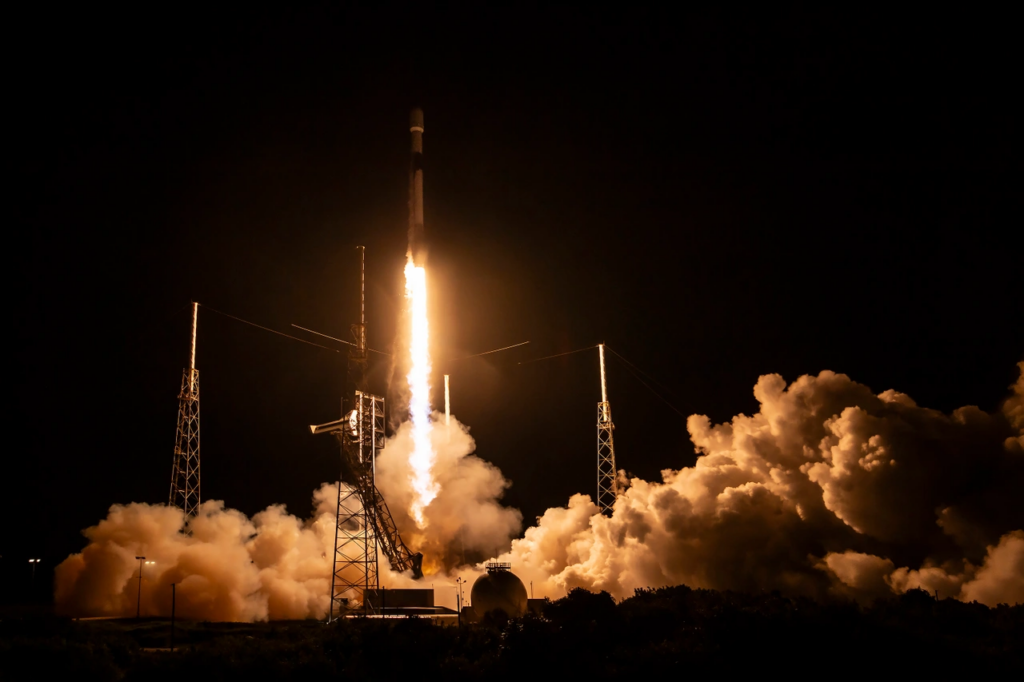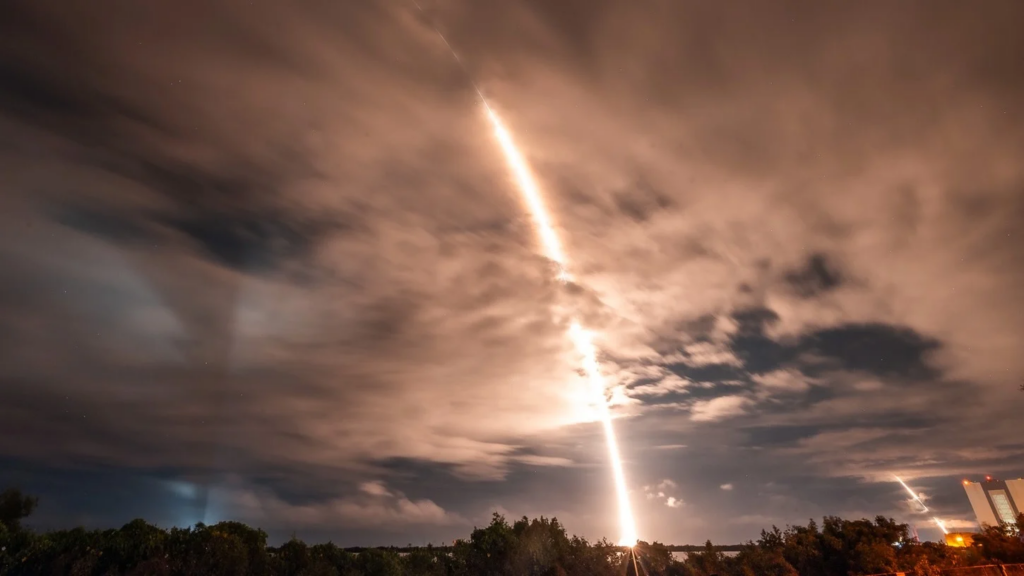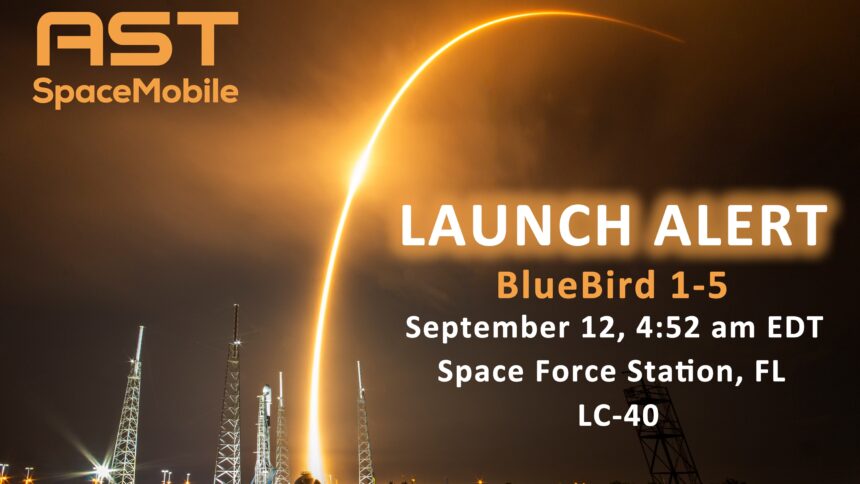AST SpaceMobile has successfully launched its first commercial satellites, a key step in its mission to provide satellite internet access directly to AT&T and Verizon phones. On Thursday morning, at 4:52 a.m. EST, five “BlueBird” satellites soared into space aboard a SpaceX Falcon 9 rocket, which launched from Cape Canaveral, Florida. This marks a pivotal moment for the company as it seeks to expand mobile connectivity to previously unreachable areas.
What’s Happening & Why This Matters
“We have liftoff of the BlueBird 1-5 mission, and the dawn of a new era for mobile connectivity,” said Dave Mosher, AST SpaceMobile’s head of content, during a live stream of the launch. An hour after liftoff, SpaceX confirmed that the Falcon 9 had successfully deployed all five BlueBird satellites into low-Earth orbit.
The BlueBird satellites are equipped with the world’s largest communication arrays, measuring 700 square feet each. These massive arrays enable the satellites to relay data from Earth, effectively transforming each BlueBird into an orbiting cell tower. The satellites can harness the 5G spectrum to provide mobile connectivity, even in the most remote locations. Initial tests with the company’s first prototype satellite demonstrated the ability to support video calls and download speeds of up to 21 Mbps on unmodified smartphones.

Once in orbit, the BlueBird satellites deployed their communication arrays, which also include solar panels to capture energy from the Sun. CEO Abel Avellan confirmed that the company had established communication with all five satellites, indicating a successful deployment.
AST SpaceMobile, with investment backing from AT&T, Verizon, and Google, plans to begin beta testing the BlueBird satellites as early as December. However, to provide continuous coverage across the U.S., the company will need to launch an additional 45 to 60 satellites, which could take another year or more to achieve.

During the live stream, AST SpaceMobile also mentioned plans to develop more powerful satellites, which will be three times larger than the current BlueBird model. The company faces competition from SpaceX’s Starlink, which plans to launch its own cellular satellite system later this fall in partnership with T-Mobile.
TF Summary: What’s Next
AST SpaceMobile’s successful launch of its first batch of BlueBird satellites is important milestone in the race to provide satellite internet access directly to mobile phones. The upcoming beta tests will be crucial in demonstrating the technology’s viability. With further satellite launches planned and competition heating up, the landscape for satellite-powered mobile connectivity is set for rapid development in the coming years. Future progress will depend on additional satellite deployments and partnerships to achieve full coverage and maintain a competitive edge.


